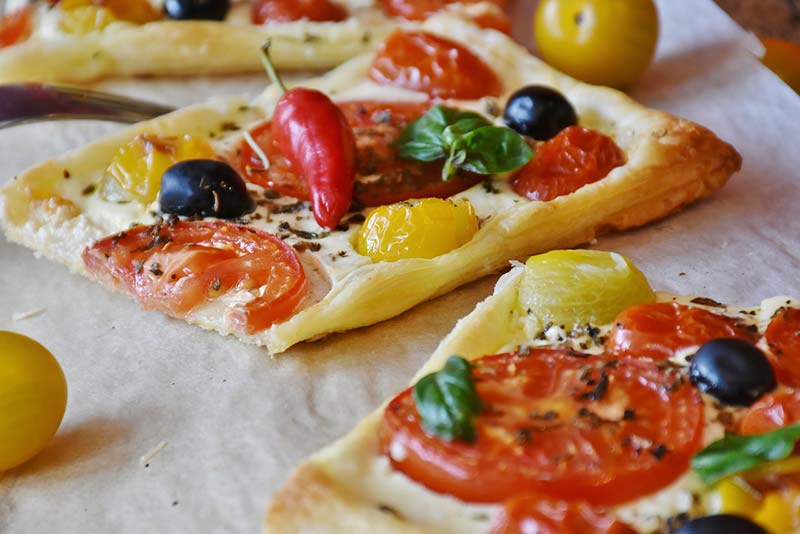Applications of Phospholipids in food
Improvement of bioavailability and taste

Phospholipids can bring food to a higher level
Similar to the improvement of bioavailability in pharmaceuticals, phospholipids may promote early uptake of specific nutrients from the diet before they are metabolized in the small intestine and provide new sensations of taste.
When a food is eaten, the first stage of digestion starts in the mouth with physical shredding by the teeth and addition of saliva. Saliva contains enzymes (e.g. lipase, amylase and lysozyme) and a great variety of other substances. It is very important in providing moisture to the flavour particles in food. With the help of phospholipids, food, saliva and moisture can be mixed into micro-emulsions and when reachiing the taste receptor cells in this form, may offer a new and more intensive taste experience.
Micronutrients, such as vitamins and minerals added to regular foods are similarly covered by phospholipids which protect them against the acidic environment of the stomach. Phospholipids work into two directions:
- They protect sensitive food ingredients during their passage through mouth and stomach and release them – over a period of time – in the small intestine.
- And they also can form micro-emulsions for improved taste through better resorption by receptor cells.

